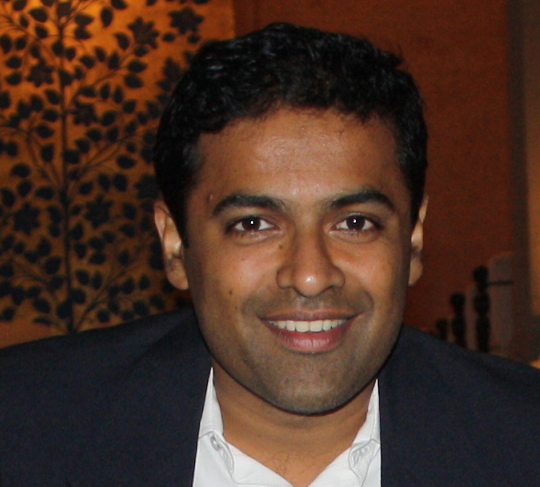Executive Coaching: The 100-hour milestone
As a tennis coach, I clocked 100 hours every month with relative ease. Inspired by the famous Timothy Gallwey, I assumed that my transition into an Executive Coach would follow a similar linear curve, but soon realized that the same milestone follows a different trajectory in terms of time and effort. Tennis being the most comfortable mental base for me to draw parallels with, I choose to lean on it for this new challenge of Executive Coaching.
Here is a short tennis story to set the context.
Back in 1998, Leander Paes, the legendary tennis player had come to the crossroads of his career and had to decide on staying relevant and performing. Despite winning the bronze medal in the 1996 Atlanta Olympics, Leander came to realize that moving up the rankings in Singles is an arduous uphill climb. A pivot was inevitable, so Leander went back to the drawing board to analyze his strengths and weaknesses. The skills he possessed – serve and volley with quick hands at the net and single-handed backhand were more suited to the doubles play. Leander decided to pair with Mahesh Bhupathi and adapted to the new format. A year later, in 1999, the duo reached the finals of all four grand slams and finished No.1 in the doubles rankings. The transition paid off for Leander, and he entered the history books as one of the greatest doubles players ever, playing until the age of 46.
In the past 12 months, I have been fortunate to work with Founders, CxOs, Directors, and Senior Managers, coaching them along their professional journeys. Each engagement had different scenarios be it a new role, new team, new product, new competency, or new business model. Clients needed to upgrade from technical to managerial to leadership while managing organizational demands. The story of Leander Paes did flash in my mind now and then, wondering about the situational similarity.
The questions that popped up were - Is it about letting go or holding tight? Is it about looking ahead or protecting the past?
Most importantly, is there a process that can help my clients sail through these transitions that were filled with uncertainties? Lessons learned during coaching, led me to the discovery of a process, which allowed me to find reasonable success for the client.
The pattern that started to emerge over time is a 3-step iterative process.
-
Self-awareness
If awareness is about the environment, self-awareness is about the self concerning the environment. While some are naturally wired to reflect on their performances periodically, others need to figure out their strengths and limitations with a deeper introspection. By using industry-standard profiler tools along with 360 peer feedback, fairly accurate feedback can be made available to a client to reflect on. If this step is rushed, the probability of the coaching engagement succeeding drops significantly since it is akin to a tennis player entering a match not knowing whether he can rely on his forehand or backhand when the match starts. -
Formulate a strategy
Once the client knows what he is great at, good at, and limited at, the exercise of goal-setting becomes an achievable process in the mind. The ‘capability-opportunity’ fit needs to be closely reviewed, and the client can even test his limits by stretching himself out of the comfort zone if need be. The crux lies in the ‘What’ and ‘How’ of things, with a clear intent to leverage one’s strengths to achieve the planned goal. If Leander Paes is better at netplay, and Mahesh Bhupathi is stronger at the baseline, that then becomes the best-formulated strategy, to be implemented on-ground. -
Walk the talk
With goal-statement and strategy documented, the proof of the pudding now lies in the eating. The key to this step is patience and trust in the process as there can be a tendency to deviate from the plan for various external reasons. With heightened self-awareness and frequent monitoring, the visible markers will eventually surface up. The second round of 360 peer feedback, in comparison with the initial one, can be one way to gauge progress. The right measurement framework provides feedback along the way to the client and allows him or her to fine-tune the strategy if required during execution. Similar to a tennis player who is aware of every point while it is being played in real-time not waiting until post-match analysis to comprehend the overall performance.
With 100 hours of executive coaching gone by, the ultimate learning so far has been that if the Coach-Coachee combo can strike the right chord at the right times, it leads to match-winning moments.
